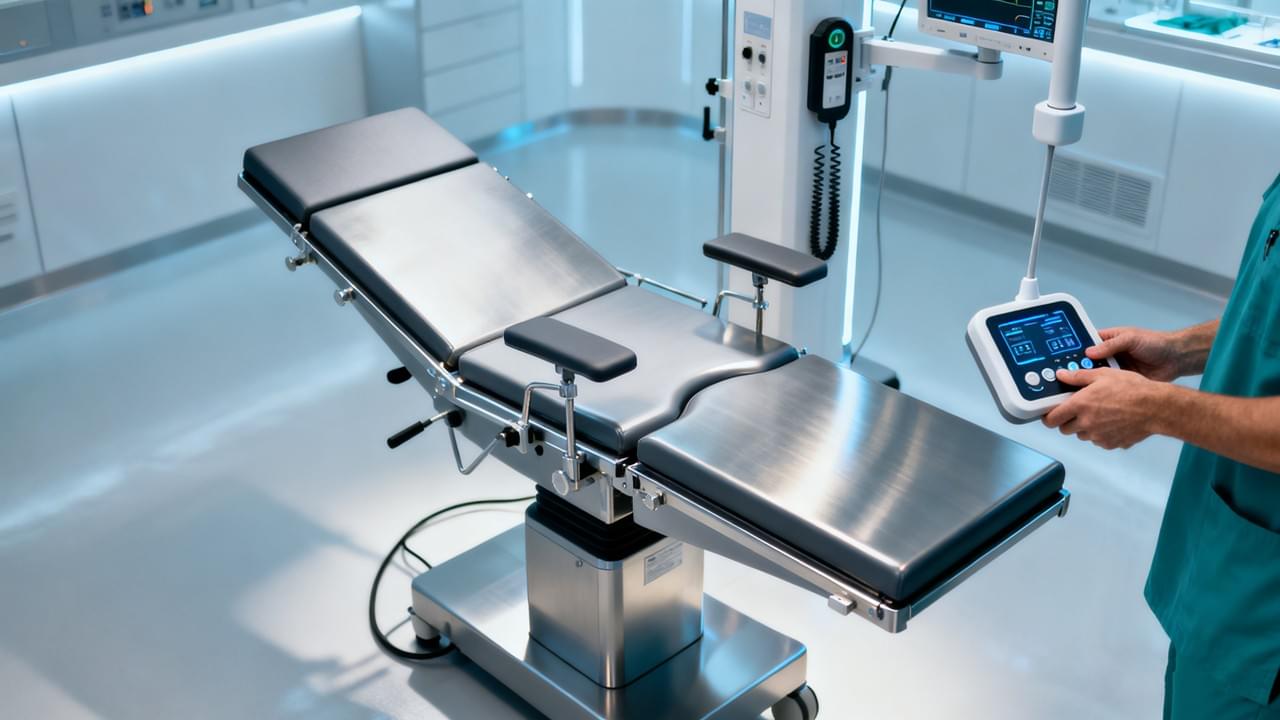Surgical instrument sterilization isn’t just a routine checklist item—it’s the silent guardian of every successful surgery. In orthopedic and general surgical settings, sterile instruments mean the difference between healing and harm. The World Health Organization (WHO) estimates that surgical site infections (SSIs) cause up to 20% of hospital-acquired infections worldwide. For orthopedic surgeons relying on drills, saws, and fixation tools, sterilization and maintenance are non-negotiable pillars of patient safety.
Hospitals and clinics partnering with reliable providers such as AMIS Orthopedic understand that safety starts before the incision—at the instrument preparation table.
1. The Importance of Proper Sterilization
Sterilization removes every form of microbial life—bacteria, viruses, fungi, and spores—from surgical tools. For complex orthopedic instruments like bone drills and saw systems, even microscopic contamination can trigger infection or implant failure.
Effective orthopedic instrument sterilization protects patients from postoperative complications, improves recovery outcomes, and ensures compliance with global infection control standards such as ISO 17665 and AORN sterilization guidelines (AORN Official Resource).
AMIS Orthopedic’s ISO- and CE-certified tools are designed with sterilization durability in mind, ensuring that precision meets safety at every step.
2. Step-by-Step Sterilization Workflow
To safeguard patient safety, each step in the sterilization process must be executed precisely:
a. Pre-cleaning and Decontamination
Immediately after surgery, instruments should be soaked in distilled water and cleaned using enzymatic detergents. Automated washer-disinfectors ensure consistent cleaning results while minimizing operator risk.
b. Inspection and Function Testing
Before sterilization, all tools—especially surgical power instruments—must be inspected for corrosion, wear, and function. Faulty or dull tools compromise not only surgery outcomes but also patient safety.
c. Sterilization Techniques
Common methods include:
- Steam autoclaving: The gold standard for most metal tools.
- Low-temperature hydrogen peroxide plasma: Ideal for heat-sensitive items.
- Ethylene oxide gas: Used for complex, moisture-sensitive equipment.
Learn more about durable, high-precision orthopedic tools from AMIS Orthopedic’s surgical power tools page.
3. Maintenance: Extending Instrument Lifespan
Sterilization alone isn’t enough. Continuous surgical instrument maintenance is essential to preserve performance and reduce long-term costs. Routine maintenance includes:
- Lubrication with medical-grade, non-silicone oils.
- Sharpening drills and blades to maintain cutting precision.
- Regular calibration of powered devices.
Hospitals that implement preventive maintenance programs report up to 30% longer instrument lifespan. Partnering with manufacturers like AMIS Orthopedic ensures access to expert calibration, spare parts, and 24/7 technical support.
4. Staff Training and Quality Assurance
Even advanced sterilizers can fail without proper human oversight. Every staff member involved in reprocessing instruments must receive regular training. Establishing Standard Operating Procedures (SOPs) based on ISO 13485 ensures compliance and accountability.
Hospitals can integrate digital tracking systems that record sterilization cycles, staff handling, and expiry dates, reducing the risk of human error. For more detailed guidance, refer to the FDA’s Sterilization Standards for Medical Devices.
5. Innovation and Sustainability in Sterilization
The future of surgical instrument sterilization combines technology and sustainability.
Smart sterilizers now use IoT sensors and AI-based data analysis to verify sterilization success and track performance in real-time. Meanwhile, eco-friendly sterilants and water-saving autoclaves are minimizing environmental impact without sacrificing efficiency.
AMIS Orthopedic contributes to this innovation with corrosion-resistant materials and reusable orthopedic devices built for high-cycle sterilization. Hospitals adopting such instruments not only reduce waste but also uphold environmental and ethical standards in patient care.
Patient safety begins long before a scalpel touches the skin—it starts with clean, reliable instruments. Consistent sterilization and diligent maintenance protect patients, extend instrument life, and uphold hospital reputation.
AMIS Orthopedic stands as a trusted partner in this mission, offering CE- and ISO-certified orthopedic surgical instruments that meet the highest standards of precision and safety. Explore AMIS Orthopedic ’s orthopedic instrument set solutions to learn how you can build safer operating rooms and stronger patient trust.







